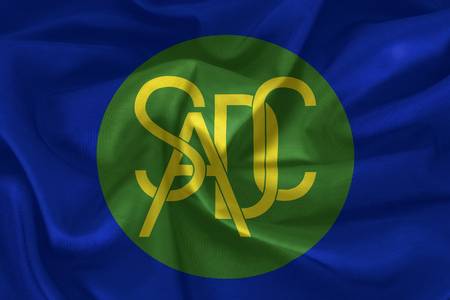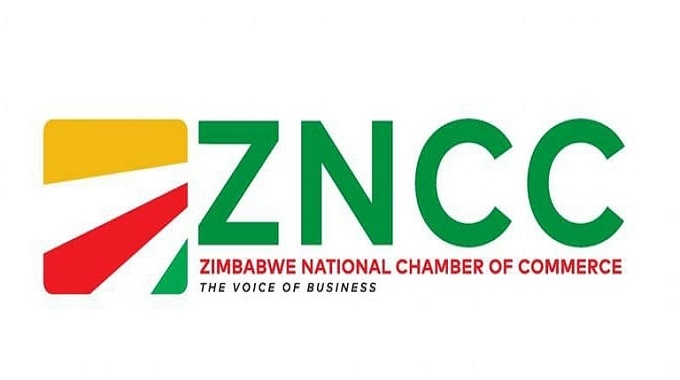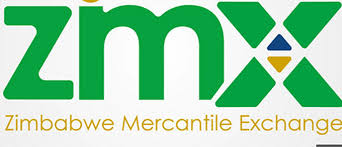Zim least attractive investment destination in Africa: RMB
ZIMBABWE has been ranked among the worst performers in terms of investment attractiveness in Africa, a Rand Merchant Bank (RMB) report has revealed.
The report deflates government’s claims that it has put in place a conducive environment for investors under the Zimbabwe is open for business mantra.
RMB represents the corporate and investment banking activities of the firstRand Group, one of Africa’s largest financial services.
Advertisements
In its new report titled RMB Where to Invest in Africa, Zimbabwe ranked last out of the 31 countries in terms of investment attractiveness.
According to the report, Zimbabwe scored poorly across all elements, which include social and human development, economic stability and investment climate, economic performance, and potential, and lastly, market accessibility and innovation.
Under these elements, Zimbabwe ranked in the 20 to 31 range compared to the other nations assessed.
“In April 2024, with devaluation continuing unabated, Zimbabwe’s central bank governor John Mushayavanhu announced a new currency for the country named ‘Zimbabwe Gold’, or ‘ZiG’ for short, the new notes would be backed by gold. This was intended to bring stability to the country by replacing the Zimbabwe dollar, which had already lost three-quarters of its value during the early part of 2024,” RBM said.
“Authorities claim to be committed to ensuring that the ZiG is backed by the equivalent value in precious metals (mainly gold) or foreign currency. However, Zimbabweans have been promised a stable currency before. Markets will decide how much value the latest promises hold.”
As part of a comprehensive effort to reboot the economy, the government has implemented a series of measures, including the introduction of a new currency, the ZiG, aimed at stabilising the financial system and stimulating economic growth.
It has also pursued a tight monetary policy thrust and contained spending as part of measures to rein in inflation.
However, experts have raised concerns that these measures are still a far cry of what needs to be done to revitalise the economy.
“Between March 2007 and November 2008, Zimbabwe recorded a maximum monthly inflation rate of 7,96 x 10%. By contrast, Germany’s inflation of the Reichsmark in 1922/1933 reached a monthly peak of 29,500%,” RMB said.
“The mineral-rich, former breadbasket of southern Africa country halted the printing of its own currency in April 2009 and the country began relying on foreign currency. This introduced a period of stability. However, this was short-lived. A new domestic currency was launched in 2019 and rampant inflation ensued.”
The bank said the methodology used to come up with the ranking uncovered the underlying drivers of each particular country’s performance.
“The factors that this report, the RMB Where to Invest in Africa [WTIIA], amalgamates using a simple yet robust methodology to consistently produce one metric that gives an investor a sense of how each of the 31 countries we analysed, jointly accounting for 92% of Africa’s GDP [gross domestic product], stacks up,” RMB said.
“The methodology used still allows the investor to uncover the underlying drivers of a country’s performance that inform its ranking. The WTIIA report provides insights into where policy can be used to change countries’ future performances and, therefore, their relative investment attractiveness.”-newsday









